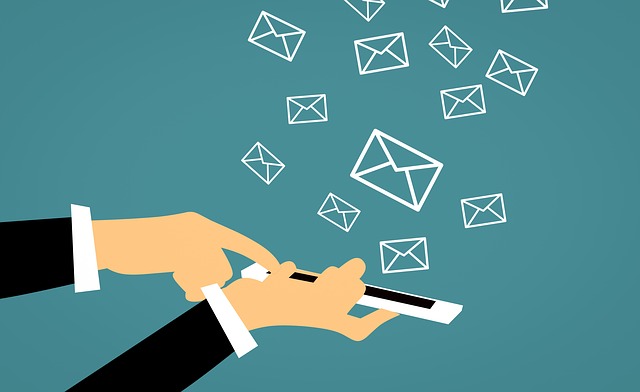Over the weekend, three tourists purchased pieces of original art from Banksy valued at 5-figures. On the streets of New York. For 2-figures.
As NY Mag Reports:
Three lucky tourists snapped up artwork by elusive British street artist Banksy in Central Park over the weekend, shelling out just $60 for canvases estimated to be worth as much as $31,000.
The graffiti guru – who is on a month-long New York “residency” in which he promises at least one new work per day will show up on city streets – set up a pop-up boutique of about 25 spray-art canvases on Fifth Avenue near Central Park Saturday.
Banksy chronicled the surprise sale in a video posted to his website noting, “Yesterday I set up a stall in the park selling 100 % authentic original signed Banksy canvases. For $60 each.”
It’s worth watching the video of the experiment if you haven’t seen it. What’s happening here is a form of social blindness. It’s not expected a world-renowned artist, even an eccentric one, would setup shop in a public place and distribute works at a rate anyone can afford. Also, most people think to themselves: “oh, if these were really Banksy pieces, there would be a swam of people gathered around attempting to acquire one” (social proof that the art is in fact legitimate). So no one believes it to be true. Even those of us curious of our surroundings have been trained to be skeptical and dismiss reality if it doesn’t align with our expectations of what that reality should look like. And, a few people get lucky.
I read through this story and couldn’t help think to myself: haven’t we been here before? Indeed, we have, in the now world-famous experiment where Violinist Joshua Bell performed in a subway as if he were just another street performer. I shared this story years ago here along with analysis:
In April 2007, the Washington Post convinced Joshua Bell, a famous violin virtuoso, to play in the Washington DC subway during the morning rush hour. Bell took his $3.5 million Stradivarius violin and played. Almost no one noticed or stopped to listen. He collected a total of $32 for an hour of playing (excluding a $20 bill that was given by a person who recognized him).
The subway commuters are using each others’ response to the violinist in order to determine their own response to him. Without the cues that signal the violinist’s quality that accompany him when performing in a concert hall, such as expensive tickets and posters, the violinist is judged by other commuters’ reaction to him: as most commuters are primarily concerned with reaching their place of work, this forms the response the commuters signal to one another about the violinist.
Basically, no one recognized the man himself (or his music). Just like no one accepted / recognized Banksy’s works were real. The lesson in both cases is to be aware of your social conditioning and curious enough about your surroundings that you don’t miss something unique or unexpected. Look beyond social proof in addition to looking for it. But realize most people require it.
Both stories share important lessons for brands, both known and upcoming, on how to be noticed and trusted (or not).
